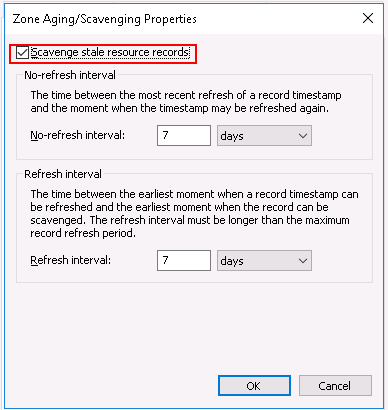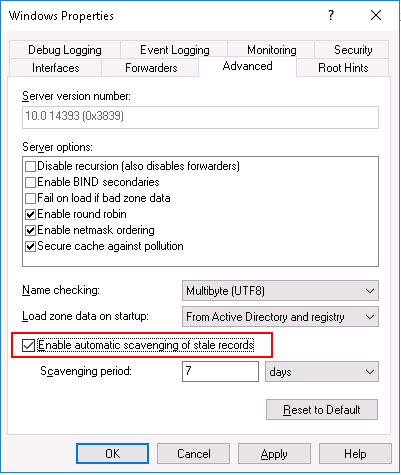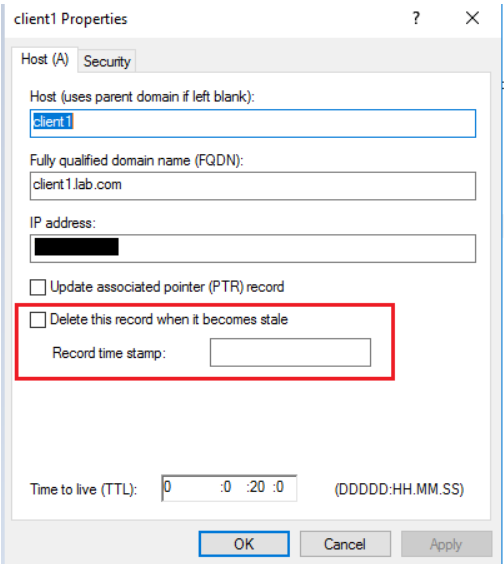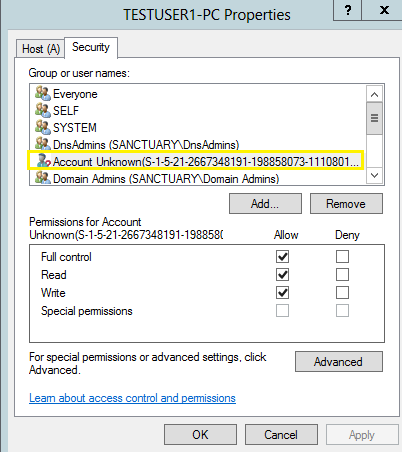
Hi ,
1.If you want to enable the DNS Aging and Scavenging, you must Enable Scavenging on the DNS Zone and DNS server, otherwise, the stale resource records cannot be removed from DNS server.


2.By default scavenging only works on timestamps, so any DNS record with a timestamp will get processed and possibly deleted.
Static IP address assigned machine doesn't mean it it is a static record. If you don't want to scavenge those static IP address assigned server, you just uncheck the box of Delete this record when it becomes stale.

For your reference:
How to Configure DNS Aging and Scavenging (Cleanup Stale DNS Records)
Please Note: Since the web site is not hosted by Microsoft, the link may change without notice. Microsoft does not guarantee the accuracy of this information.
3. > What would happen if I delete DFS-FILE1 (or it was scavenged) from DNS? Would it break that server? Would it repopulate in DNS?
Computers with statically assigned IP addresses will update their DNS-records periodically. By default, computers that have statically assigned servers register their records every 24 hours. So, if you delete the record, they will register back again periodically.
Best Regards, Candy
If the Answer is helpful, please click "Accept Answer" and upvote it.
Note: Please follow the steps in our documentation to enable e-mail notifications if you want to receive the related email notification for this thread.
